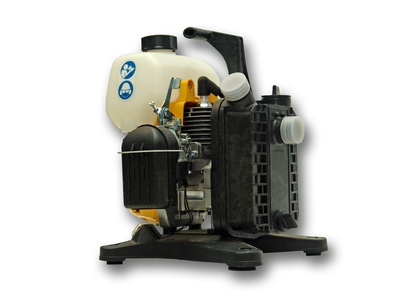
The Fuel Air Ratio is also called the FAR. The Fuel Air ratio is the mass ratio of fuel to air during combustion. If too little air is provided, not all of the fuel will ignite and there will be incomplete combustion, resulting in increased pollution. If too much air is provided, energy is wasted moving the air and the reaction is inefficient. If precisely enough air is provided to burn all fuel without either excess air or remaining fuel, this is known as the stoichiometric fuel-air mixture. The ratio of the air to fuel may also be expressed as the ratio of air density to fuel density (mass per unit volume).
Look for whether the air fuel ratio is already known.
Invert the air fuel ratio, also known as the AF ratio or AFR, to get the fuel to air ratio.
The fuel to air ratio is 1 / AFR.
Determine the air mass flow rate from the system measurement equipment. This may be a dial that tracks the air mass flow rate or be a digital display.
Determine the fuel mass flow rate from the system measurement equipment. This may be a dial that tracks the fuel mass flow rate or be a digital display.
Divide the fuel mass flow rate by the air mass flow rate. The result is the fuel to air ratio.
Calculate the air density. The equation for this is: Air density equals pressure divided by the gas constant multiplied by the absolute temperature. The air pressure can be measured by a barometer. The gas constant is a universal constant of equal to 8.314 joules per Kelvin or 1.985 calories per degree Celsius. The absolute temperature is the current temperature of the air taken into the engine converted into Kelvin or Celsius units.
Identify the fuel being used in the reaction. Then look up the fuel density for that type of fuel in a chemical properties table. Liquid fuel density can be assumed constant or it can be adjusted slightly for temperature. Temperature and fuel density are inversely proportional.
Calculate the Fuel to Air Ratio using these two values.